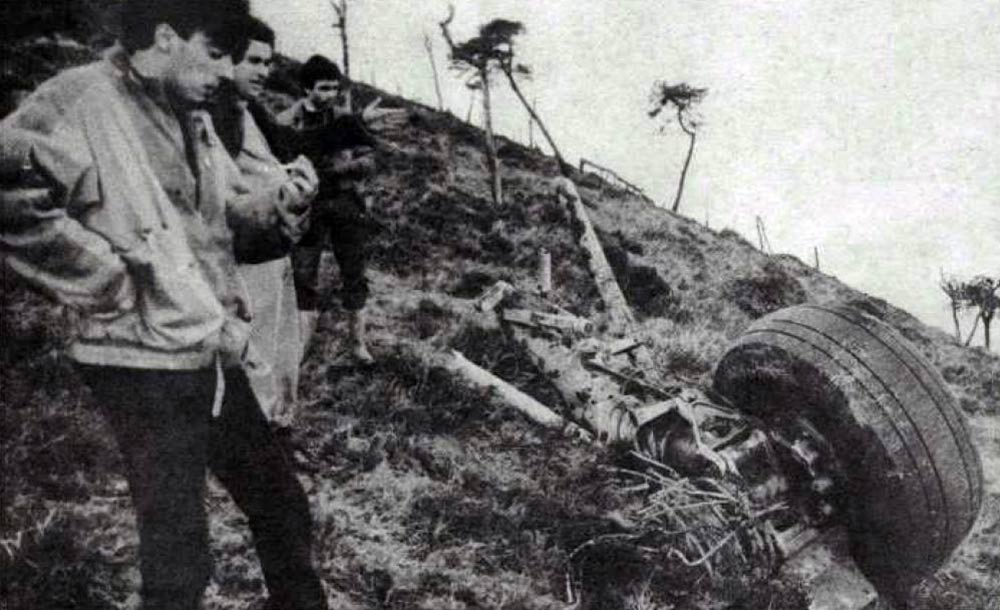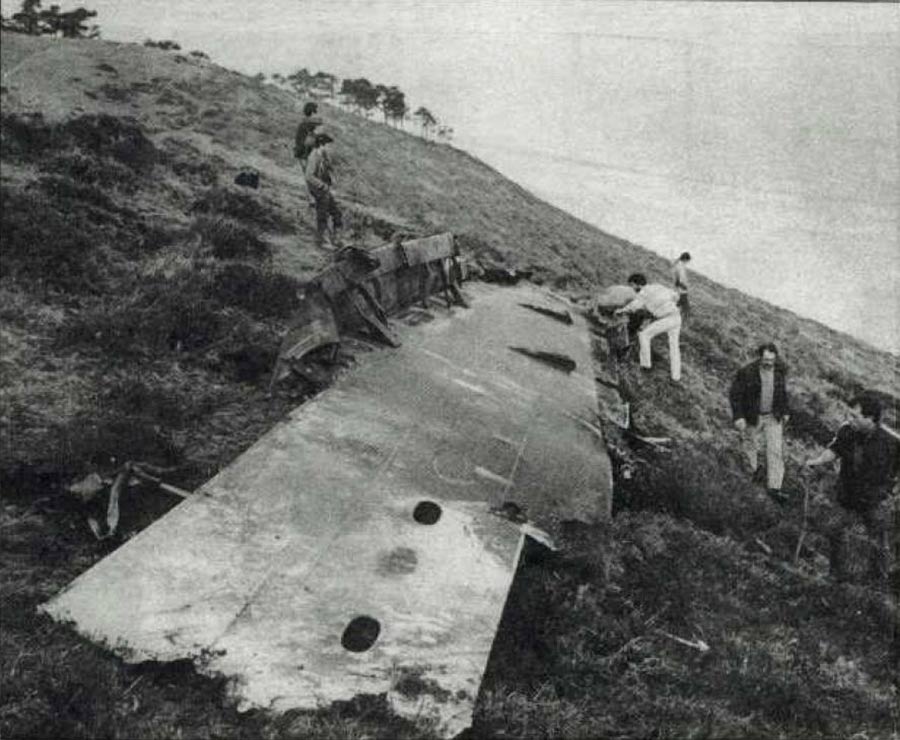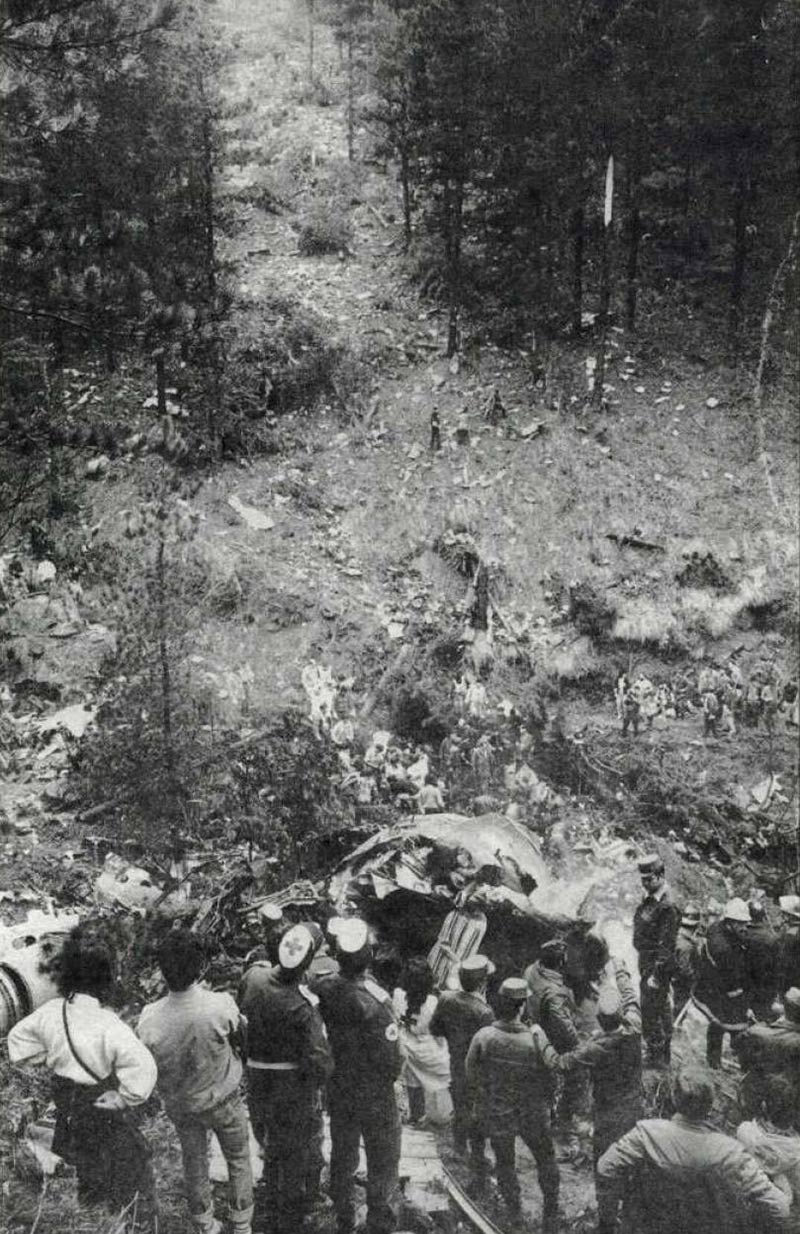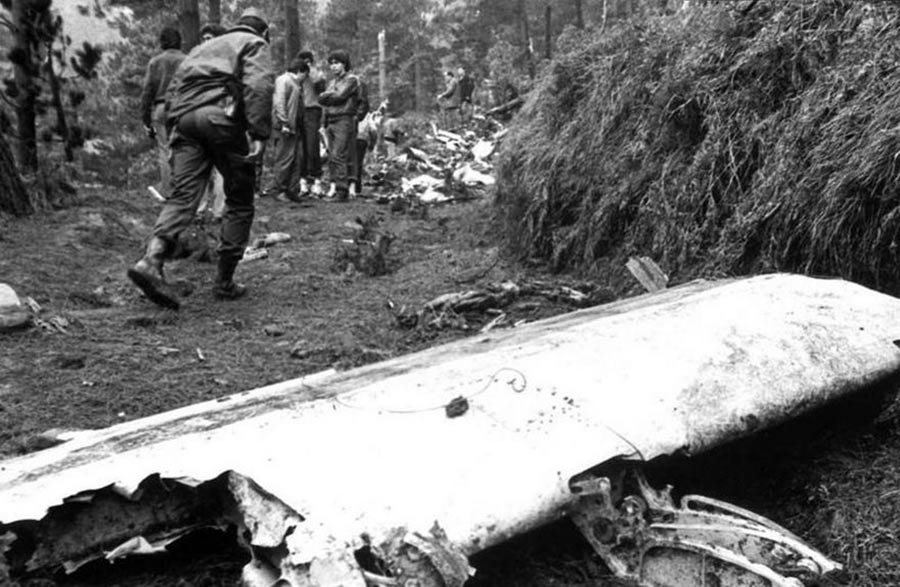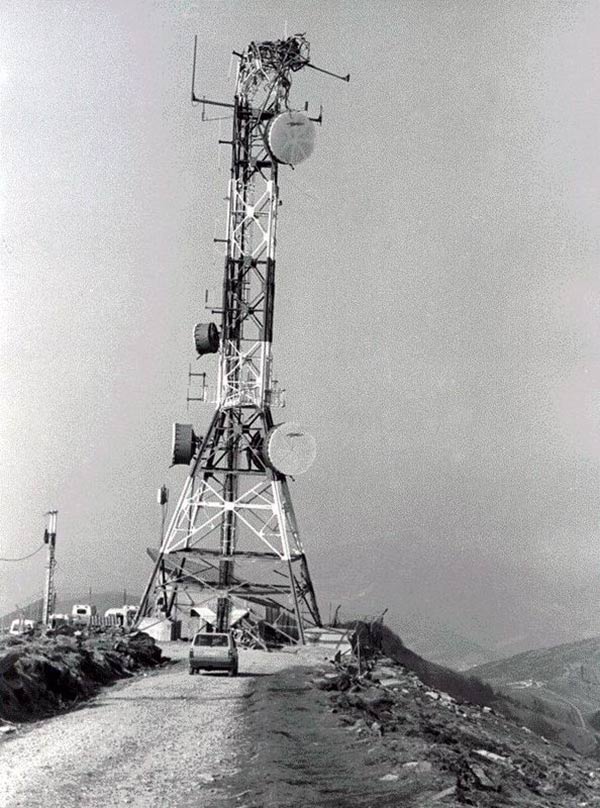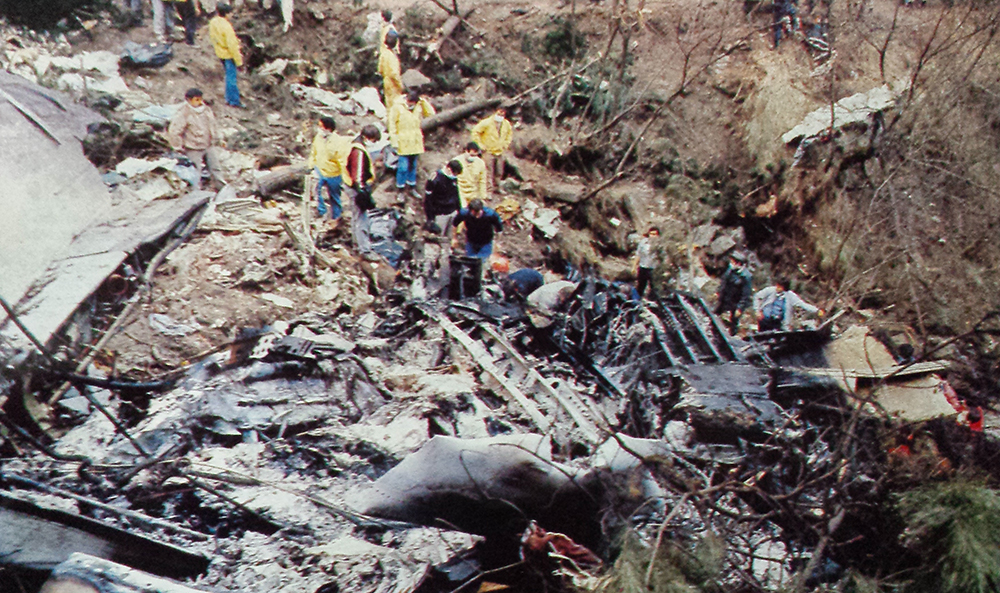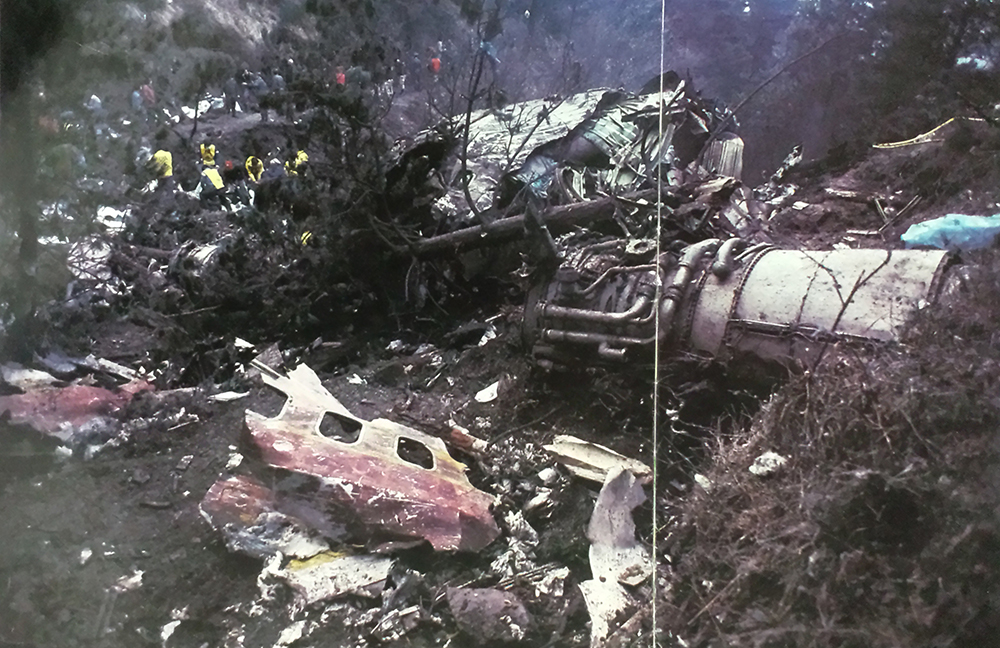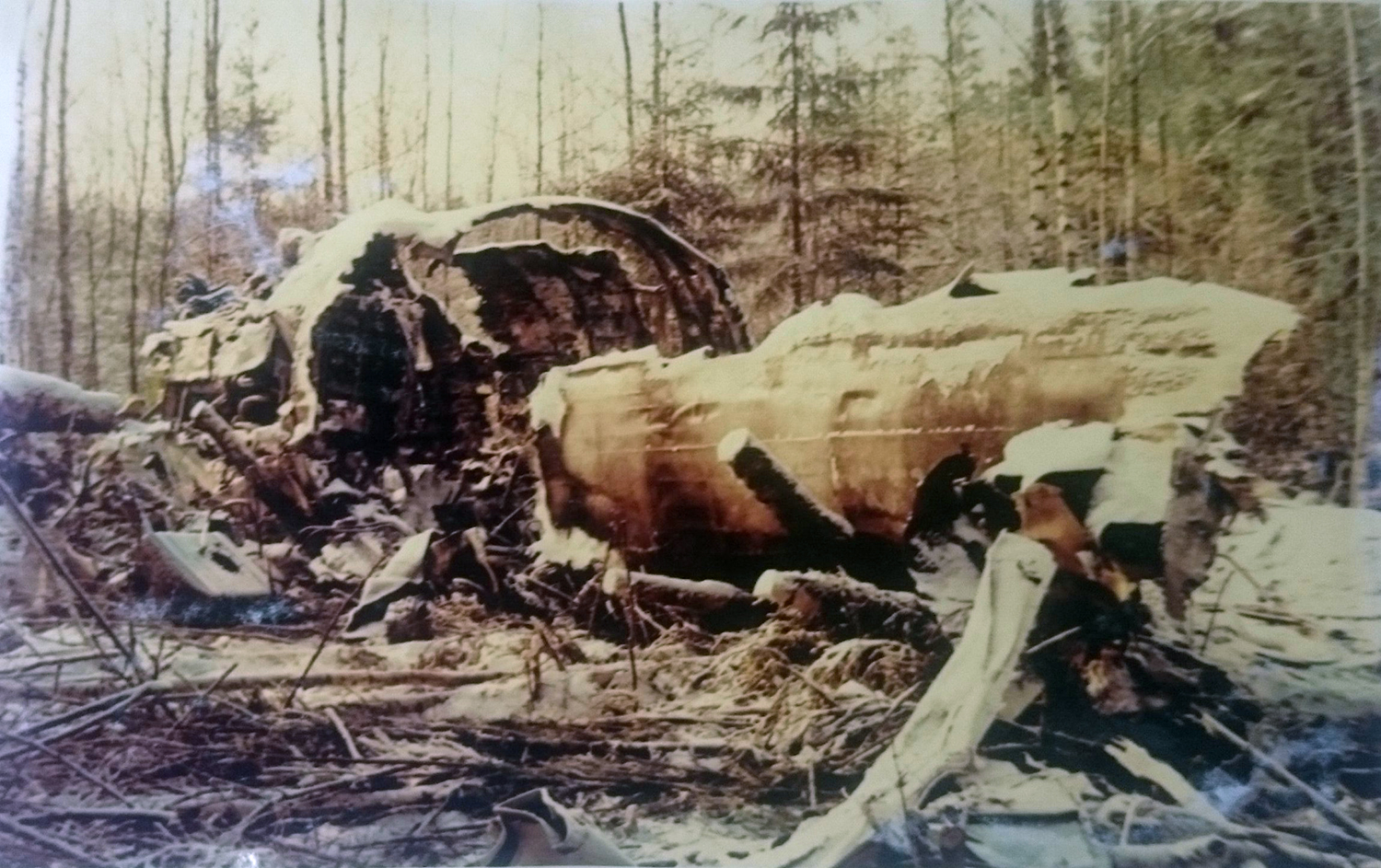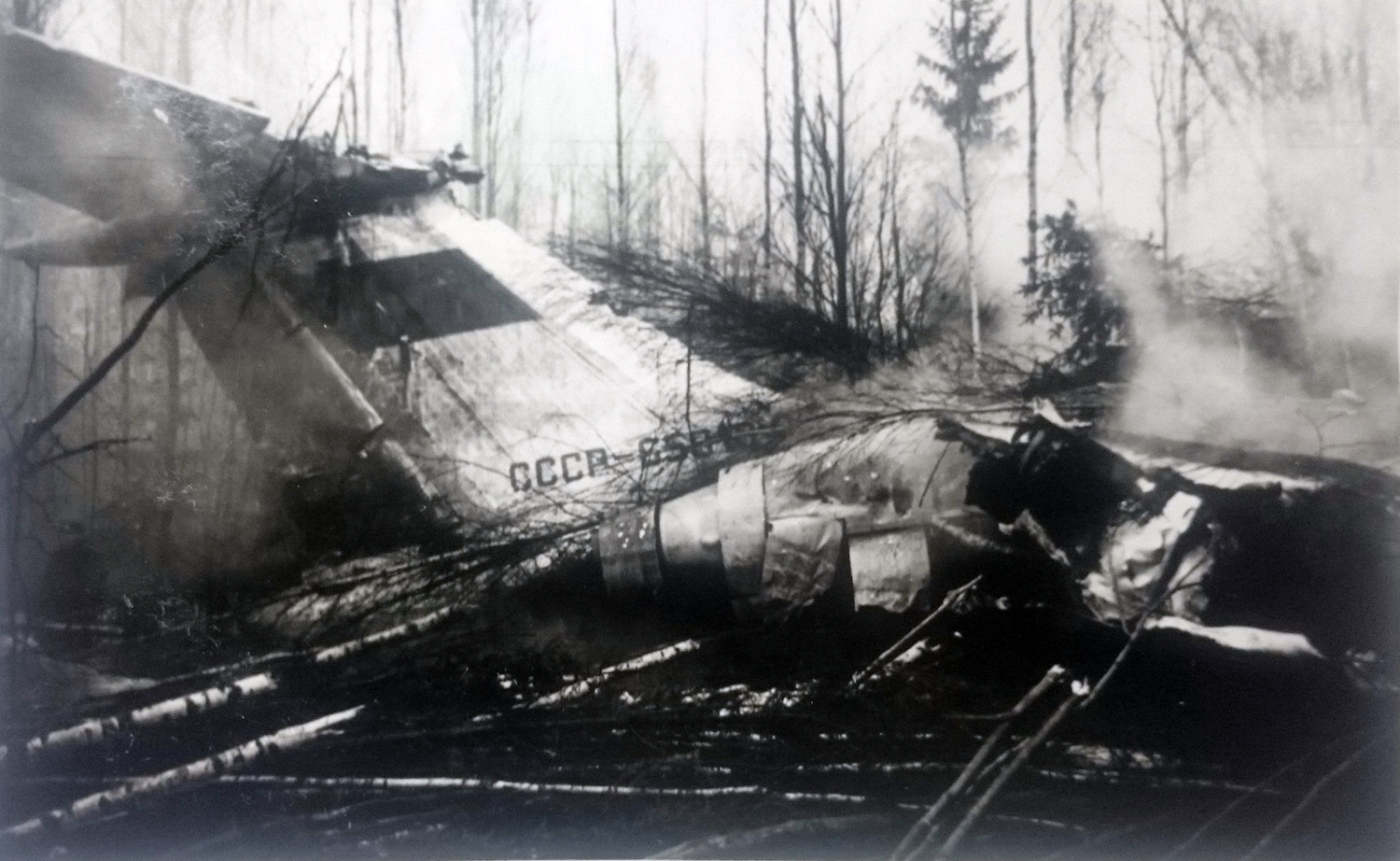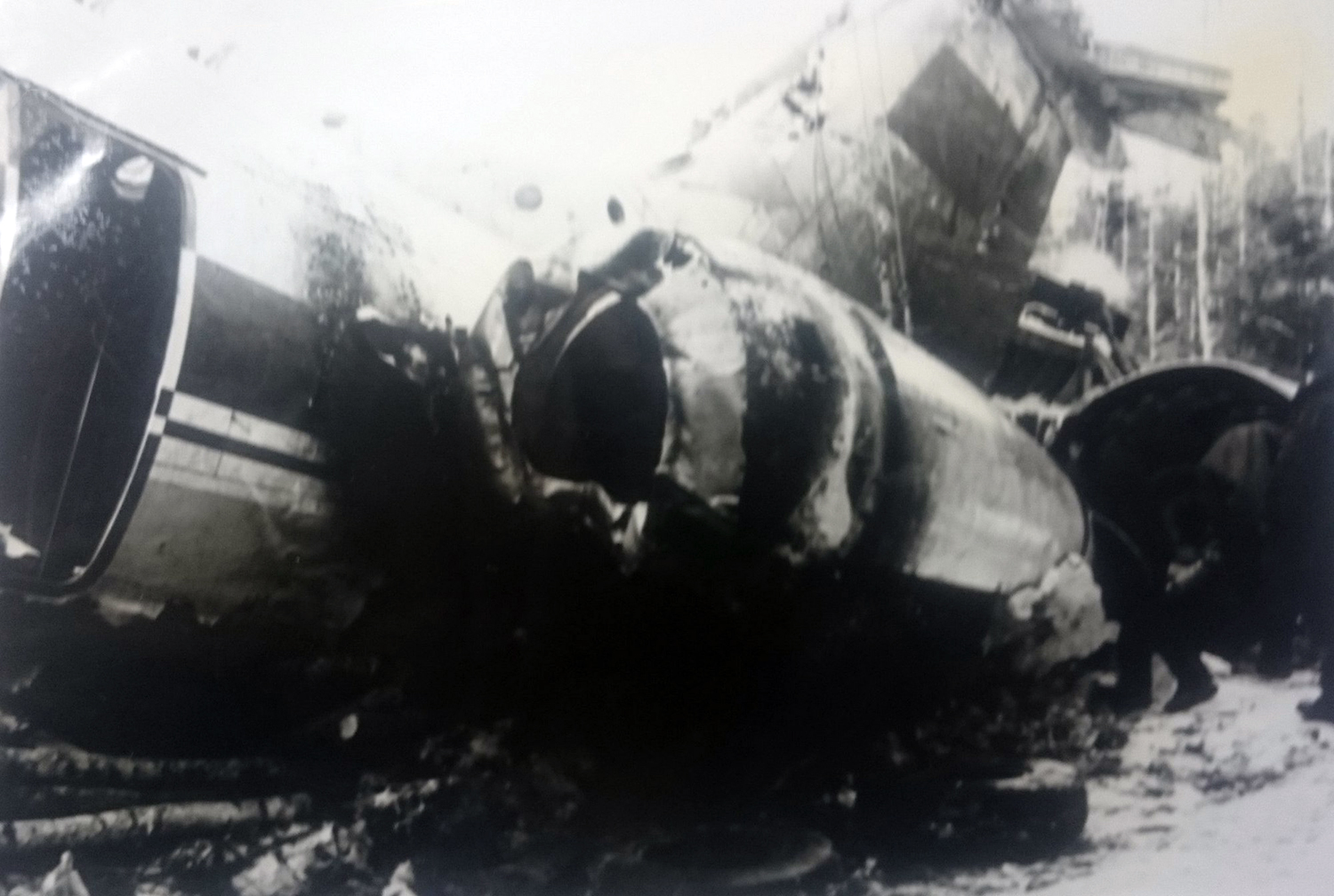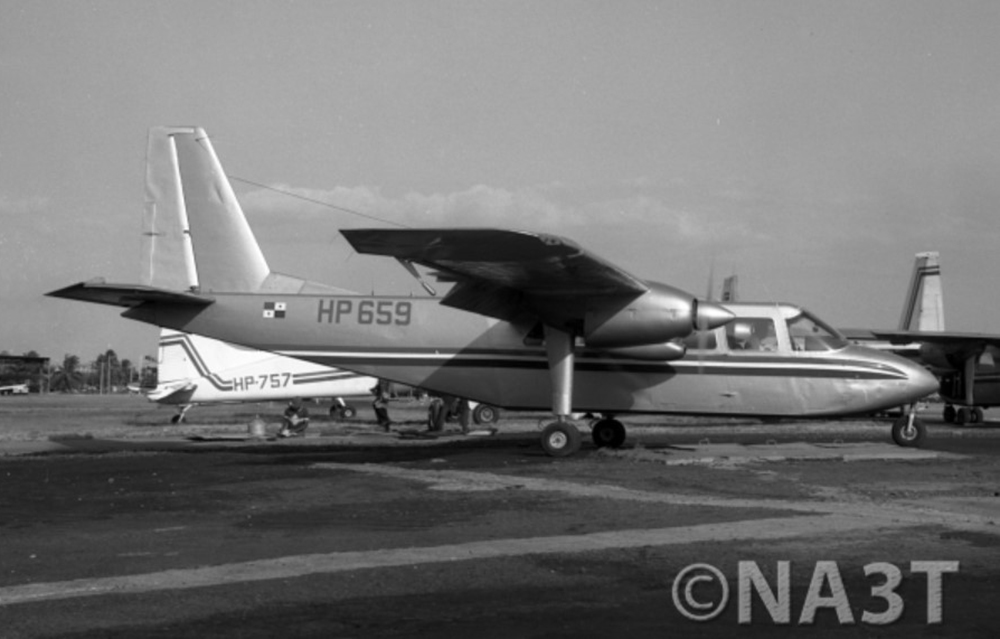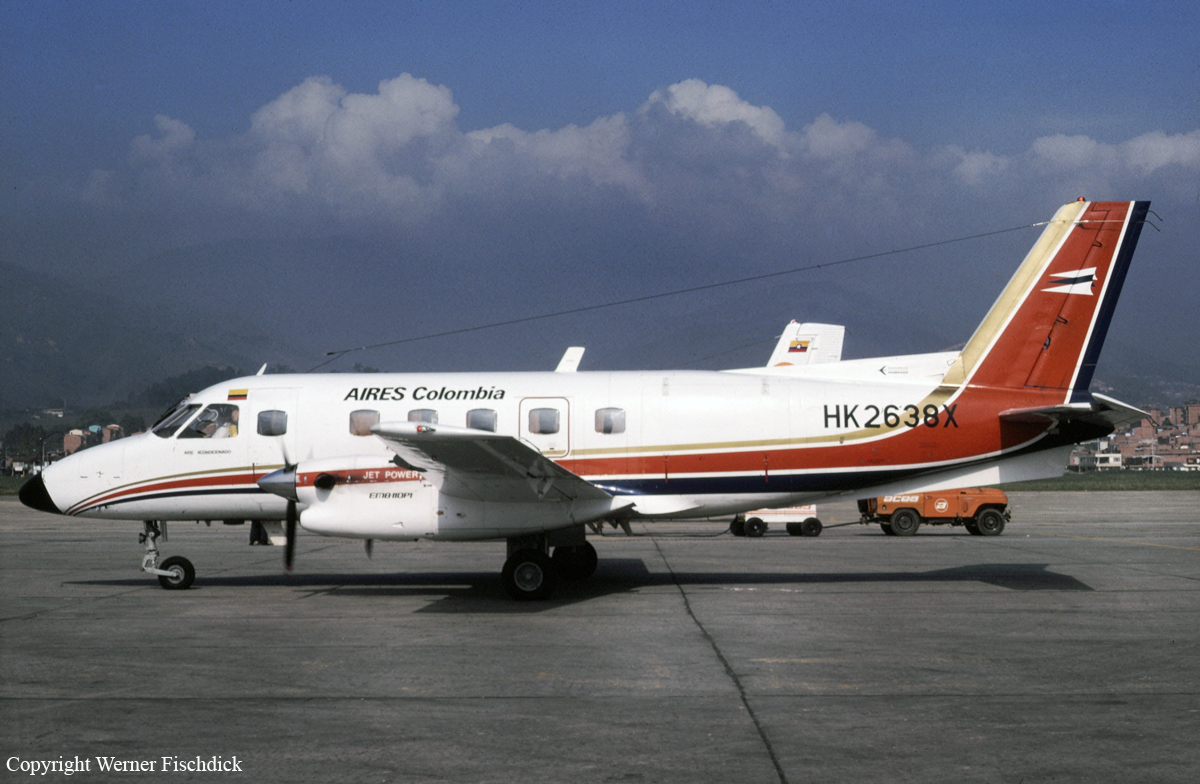Crash of an Antonov AN-24B in Tombouctou: 51 killed
Date & Time:
Feb 22, 1985
Registration:
TZ-ACT
Survivors:
Yes
Schedule:
Gao – Tombouctou – Mopti – Bamako
MSN:
87304104
YOM:
1978
Crew on board:
6
Crew fatalities:
Pax on board:
46
Pax fatalities:
Other fatalities:
Total fatalities:
51
Circumstances:
Two minutes after takeoff from Tombouctou Airport, while climbing, one of the engine failed. The pilot-in-command elected to return for an emergency landing and initiated a turn when the aircraft stalled and crashed in a field located 3 km from the airport, bursting into flames. A passenger was seriously injured while 51 other occupants were killed.
Probable cause:
Engine failure during initial climb for unknown reasons.





